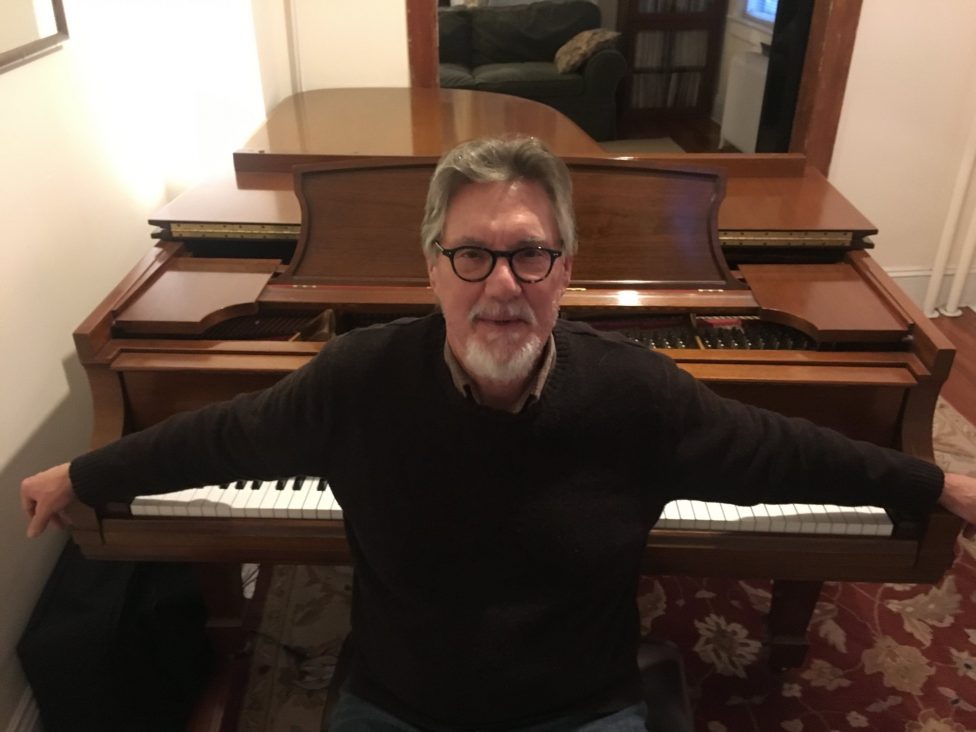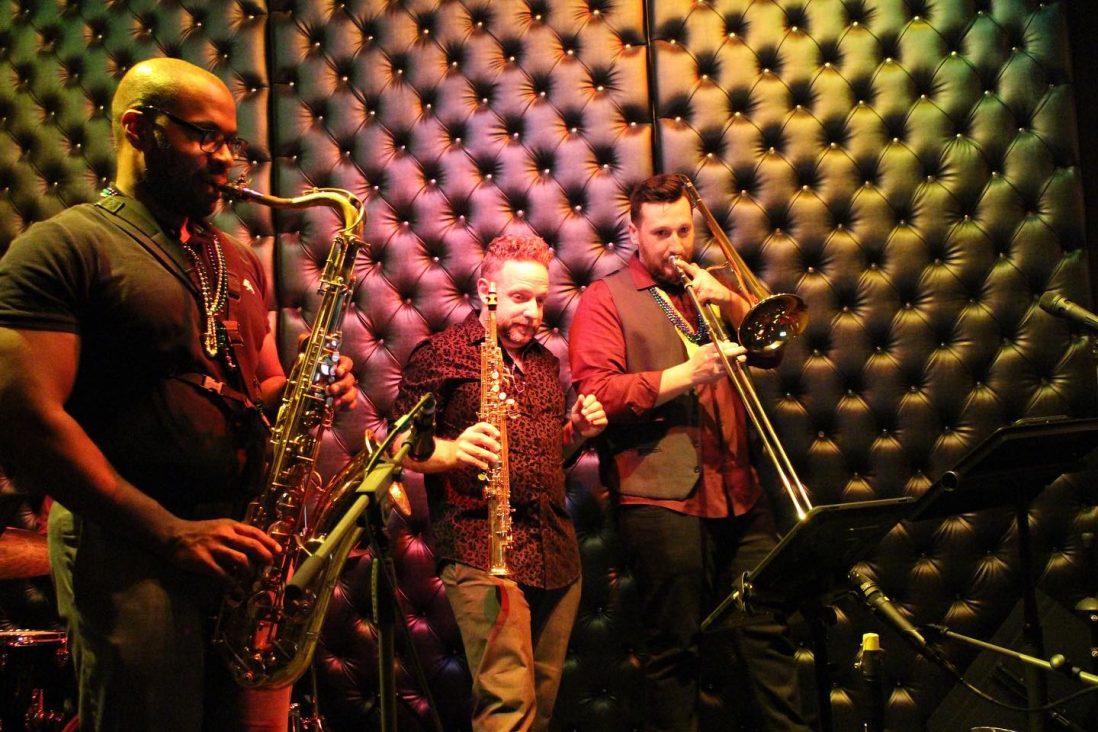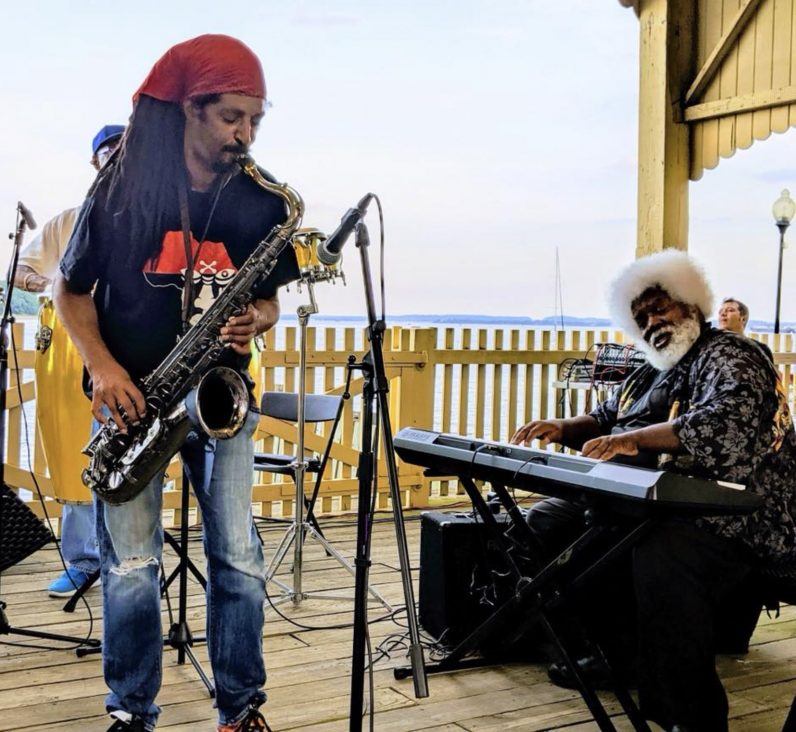Stormy weather
NYC jazz musicians face stormy weather

Before the coronavirus pandemic shuttered nightclubs, jazz fans in New York City could be found every night of the week flocking to their favorite spots. Now, the nightclubs are quiet.
Joshua Thompson, owner of Treme, a jazz and blues club in Islip, Long Island, made the decision to close a week before New York Gov. Andrew M. Cuomo called for nonessential businesses to close. His decision resulted from calls he was getting, asking if he was still open, and from the reduced customer turnout. “Once that happened, I cut my staff in half,’” Thompson says.
He explained his decision to both his staff of 10 and bands that were scheduled to perform. “I told every band that I knew that was playing, ‘Guys, you might not get paid full scale. This also might be the last gig you’re playing for a while,’” Thompson says. “I didn’t want to be an alarmist, but I wanted to let people know that we’re expecting a hard times for the future right now.”

Jazz has a deep and special relationship with New York. Although the quintessentially American music originated in New Orleans at the start of the 20th century, it blossomed in New York City in the 1920s. Speakeasies in the city, where bootlegged alcohol was served during Prohibition, helped serve as incubators for the music. When Prohibition ended in 1933, jazz clubs proliferated. The Cotton Club, Birdland, Village Vanguard, and Minton’s Playhouse, among others, launched or popularized the music of some of America’s most legendary musicians, including Duke Ellington, Louis Armstrong, John Coltrane, Sarah Vaughan, Billie Holiday, Charlie Parker, and Miles Davis.
Even as it has declined in popularity generally, jazz remains embedded in the DNA of New York. Until the pandemic, the many different versions of the music could be heard at Smalls, Birdland, Jazz Standard, the Blue Note, Village Vanguard, The Iridium, and elsewhere.
For musicians like Bob Lepley, a jazz pianist, the closure of nightclubs means that he will not see people has has worked with. “It’s difficult because I’m not able to see my friends and colleagues,” Lepley says.
It has also meant the loss of income. According to Paysa.com, the average salary for a jazz musician is nearly $55,000. Lepley had to figure out another source of income. He leaned on teaching. “I’ve been able to keep 75 percent of my students through lessons online and that has gone very well,” Lepley says.

Julian Meyers, a saxophonist, says his professional life has changed dramatically. “It’s come grinding to a halt,” Meyers says. Nearly 25 percent of his income is gone as he thinks about the rest of his career. “I’m worried, in terms of the long haul.”
The shutdown has caused him to reimagine his work. One idea he has is to start a YouTube music channel with his young son.
Despite the present hardship, they all believe that something good will occur. Meyers feels there will be new chances for musicians and fans alike to re-energize because everyone, weary of cabin fever, will want to go out.
“Anybody that comes up with something with an edge creatively may be able to create a demand for their product,” Meyers says. “By the time this is all over, people will be clamoring for stuff.”

This article is part of the Fermata: Arts and Culture in the Time of Coronavirus series reported by students in the Critical Writing course at the Newhouse School. Fermata features stories on the impact of the pandemic on a wide range of artists and cultural figures, from musicians and comedians to restaurateurs and boutique owners.






